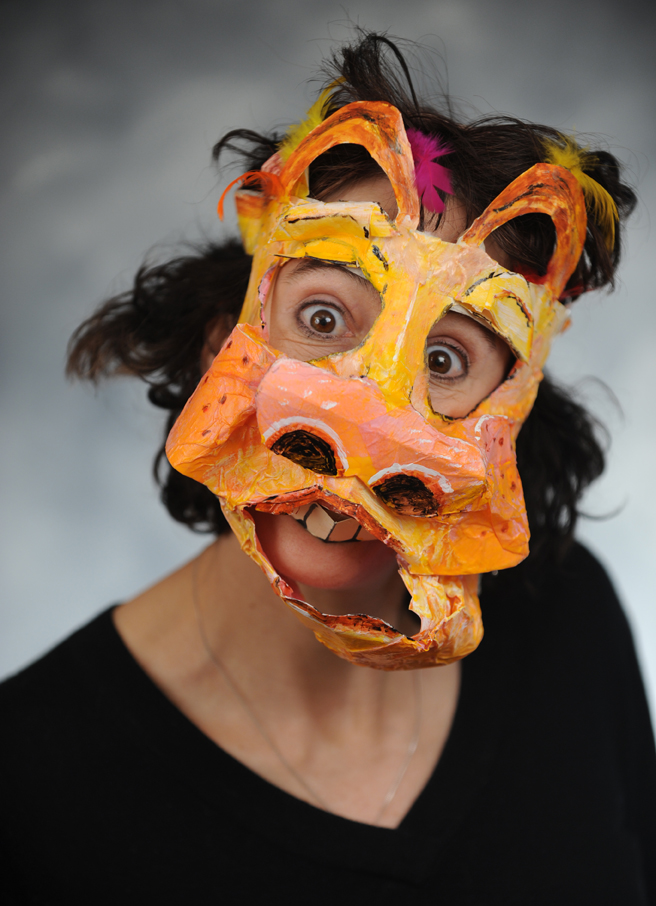I have just begun a two-week venture called “Imagine That” with ten 3 to 5 year olds (some of whom have English as a second language, some of whom are maneuvering with other challenges). It’s a project I do with the Ithaca Youth Bureau for a couple sessions every summer, and one I look forward to with relish. The children come from a wide range of ethnic, language, and economic backgrounds, having only age as a common thread. Each session runs from 3:30-5:30 Monday-Friday for two weeks, and I used to think of it as glorified educational babysitting. However, several years ago, I realized that the secret was to have some delicious fun. Obviously, if I have fun, I will be a better teacher, but more importantly, it’s the KIND of fun I want to have.
I make sure we have some active time and some quiet time, some movement, performance, visual, and music arts components, some scientific inquiry and exploration, and a variety of social relationship opportunities. I make sure there are ‘less guided’ and ‘more guided’ moments, and safety as well as freedom. However, I have come to realize that the most significant — and fun — moments are imaginative adventuring/creative play, when what I am really doing is providing a frame for the children to amaze and delight and slightly terrify themselves, me, and each other.
Maybe it is Snow Day. In July. We pretend we are cold and pretend to put on all our winter things, make snow angels and so on. The children are wide-eyed that a person could break the rules like this — pretend there is SNOW?!?! In the SUMMER?!?!? The whole day feels like a big exciting secret, something special and sacred that we have to be careful who to tell or we might get in trouble.

Or maybe we are PIRATES! We build a pirate ship out of chairs or a picnic table outside and imagine an adventure narrative (that we make up as a group) about crocodiles and storms and treasure maps and battles…. we say “argh” and sleep on desert islands. We draw treasure maps and hide treasure from ourselves and then go exploring out into another room or place we have never been before, then come back to dig for treasure. “There’s no treasure there,” I say. “I don’t believe you!” “Look! Ha! Treasure!” comes the reply. He or she holds up a rock buried 30 seconds ago. “WOW!!! What else in that treasure chest? Rubies? A unicorn?” I don’t always do large adventurous activities. I often do small activities with tiny adventures folded in, or a learning moment that is creative and quiet.
But the creation of a sacred space with special rules that are just for that moment, special properties of physics and the world around us, special potentialities of ourselves is the key ingredient.
I am outlining a map to get to a magical place, building the habitat for the wondrous to hatch itself, fostering an opportunity to stretch the fabric of ‘what is the world and who am I’ that includes the children as artist peers whose performative work is often novel and captivating, however brief. Certainly, there is much written about the importance of play, and whole websites with supportive information of all kinds. But there is also tremendous pressure for test-prep type programming, even for 3-5 year olds, and tremendous resistance to programming with a little risk and moments of large patterns/organized chaos. How else can we prepare children to solve problems and think creatively and survive in a largely risky and chaotic world if we don’t teach them how to discover meaning, deeply connect to the world around them, and create beauty?
Besides… a little wildness inside the safety of a structure is sooooooooo much FUN.




